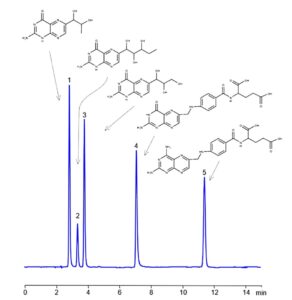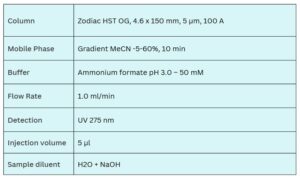
Description
Pterins are a class of heterocyclic compounds based on the pteridine ring system, which consists of a fused pyrimidine and pyrazine ring. Several biologically significant compounds, including Biopterin, Rhamnopterin, Neopterin, Folic Acid, and Aminopterin, fall under this structural class. Despite sharing a common backbone, these compounds exhibit diverse biological roles:
Biopterin (Tetrahydrobiopterin): A crucial cofactor in the biosynthesis of neurotransmitters like dopamine, norepinephrine, and serotonin, as well as nitric oxide. Deficiencies in its recycling enzymes can result in phenylketonuria (PKU), a metabolic disorder.
Neopterin: Produced by immune cells in response to interferon-gamma, neopterin serves as a biomarker for immune system activation. Elevated levels may indicate viral infections, autoimmune conditions, or malignancies.
Folic Acid (Vitamin B9): Essential for DNA synthesis, repair, cell division, and growth. It must be acquired through diet or supplementation, as it is not synthesized by the human body.
Aminopterin: An early antifolate chemotherapy agent that inhibits dihydrofolate reductase, thereby preventing folic acid activation and disrupting cell proliferation. It has been largely replaced by safer alternatives like methotrexate.
Rhamnopterin: Though less well-documented, it is structurally related to other pterins and may share similar physicochemical properties.
These five pterin derivatives can be efficiently retained, separated, and analyzed using the Zodiac HST OG mixed-mode reversed-phase column (4.6 × 150 mm, 5 µm, 100 Å). The method employs a mobile phase comprising water, acetonitrile (MeCN), and ammonium formate as a buffer, making it fully compatible with UV detection at 275 nm, ELSD, Charged Aerosol Detection (CAD), or Electrospray Ionization Mass Spectrometry (ESI-MS).
The limit of detection (LOD) for each compound depends on the specific instrument configuration and laboratory conditions, and may vary even when similar methods are employed.
Condition

Get Your Quote or Call: 040-29881474
We focus on supporting laboratory workflows & optimizing lab-wide operations
